History
The Jaguar program began in the early 1960s in response to a British request for a supersonic trainer aircraft, and a French need for a high-performance subsonic trainer and fighter-bomber. From these seemingly disparate purposes, a uniquely different aircraft was created: high-tech, supersonic, and optimized for ground combat in high-danger terrain. It was intended to be the replacement for the RAF's Hawker Hunter and the Armée de l'Air's F-100 Super Saber.
The Jaguar saw service in several countries as a supersonic attack aircraft, with the French Air Force as one of its main attack fighter-bombers until 1 July 2005, when it was replaced by the Dassault Rafale, and in the Royal Air Force until the end of April 2007 when it was replaced by the Panavia Tornado.
Developing
For the joint development of this ground-attack aircraft, negotiations between the two countries ended with the formation of SEPECAT (Société Européenne de Production de l'Avion d'Ecole de Combat et d'Appui Tactique) in 1966 as a joint venture between Breguet Aviation, the lead designer and currently as Dassault Aviation and the British Aircraft Corporation to manufacture the airframe and a team between Rolls-Royce and Turbomeca to develop the Adour afterburning turbofan.
Eight test prototypes were built, the first making its maiden flight on September 8, 1968. It was a single-seat, twin-engine, swept-wing design that performed well at low altitudes and speeds, with high landing gear. . It had a maximum takeoff weight of 15 tons and could operate within a radius of 850 km with internal fuel tanks. Its maximum speed was Mach 1.6 (1.1 at sea level) and it had mountings to carry up to 4,500 kg of weapons.
(I’m too lazy to put more detail)
Specifications
General Characteristics
- Created On iOS
- Wingspan 33.5ft (10.2m)
- Length 59.7ft (18.2m)
- Height 19.5ft (6.0m)
- Empty Weight 8,048lbs (3,650kg)
- Loaded Weight 24,001lbs (10,886kg)
Performance
- Power/Weight Ratio 1.147
- Wing Loading 61.5lbs/ft2 (300.3kg/m2)
- Wing Area 390.2ft2 (36.3m2)
- Drag Points 886
Parts
- Number of Parts 269
- Control Surfaces 0
- Performance Cost 1,286

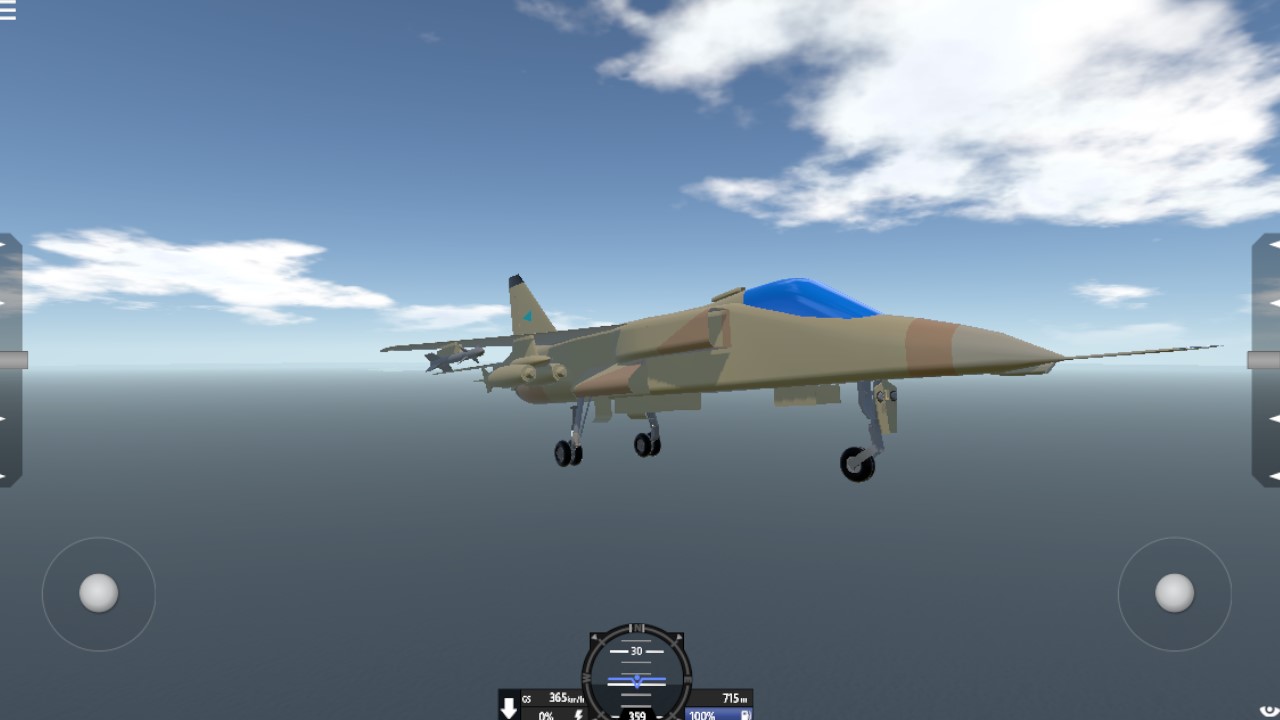
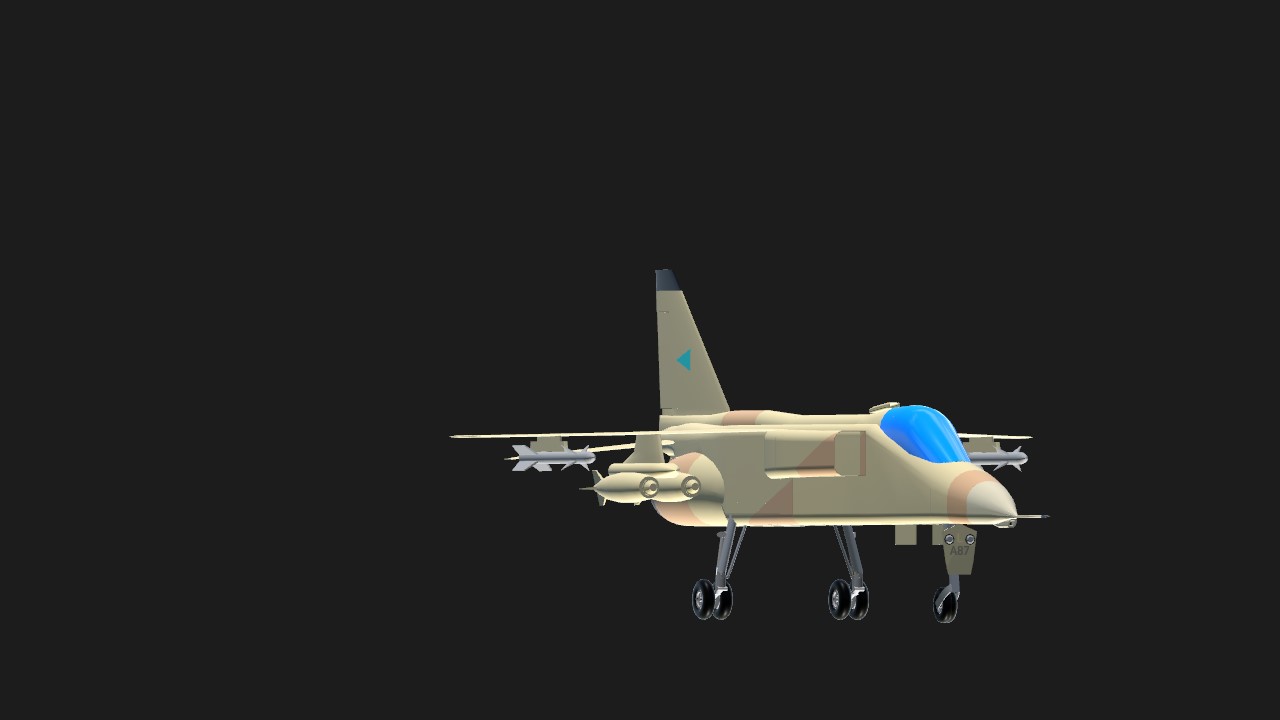
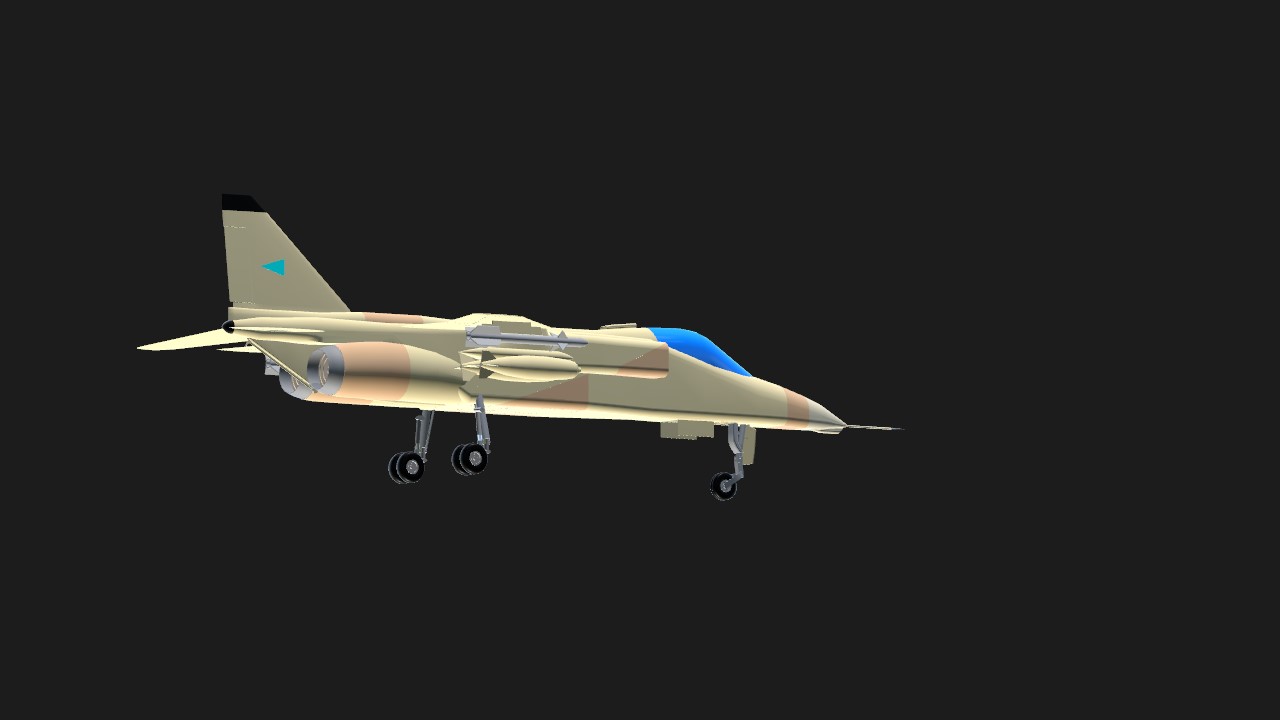
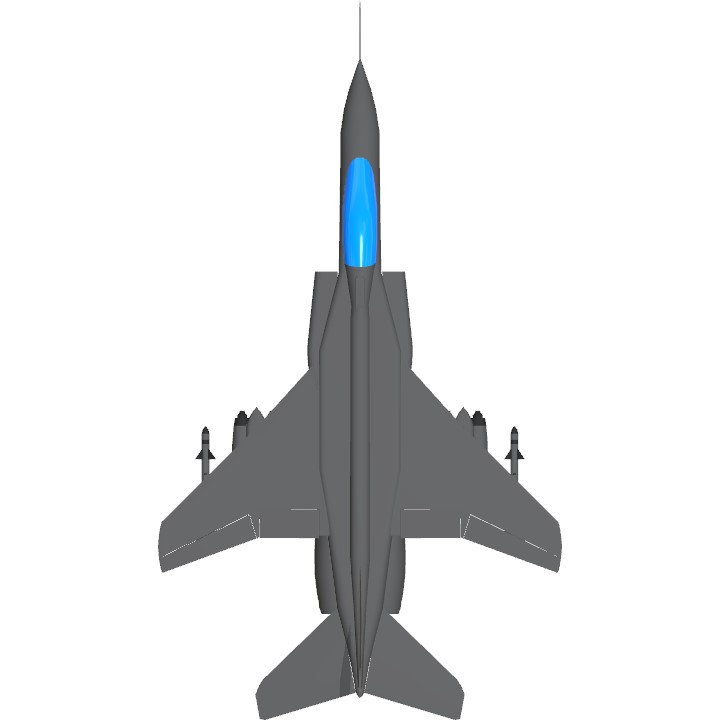
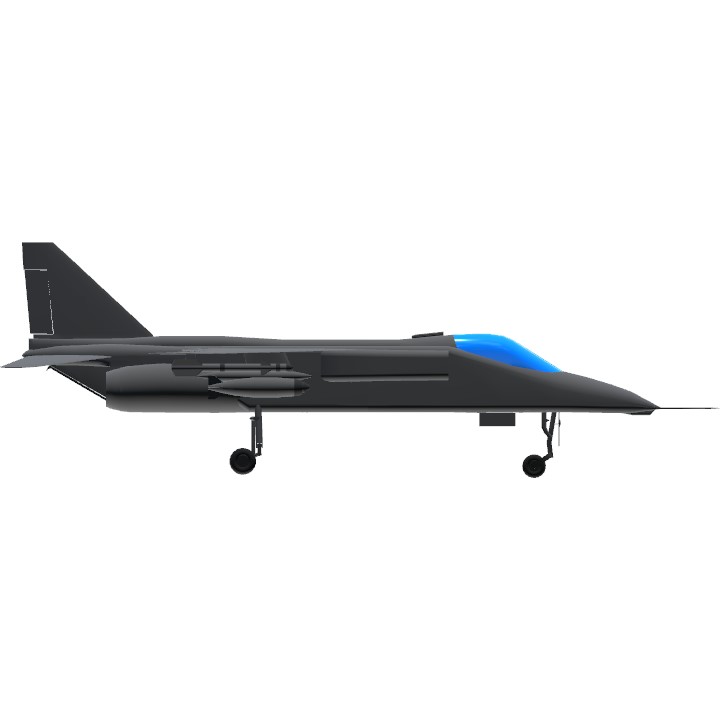
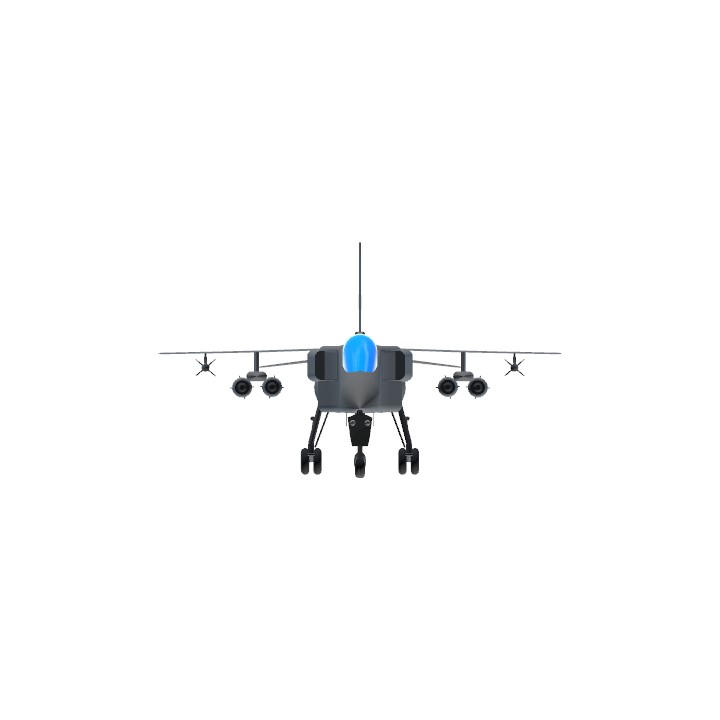
wow good aircraft